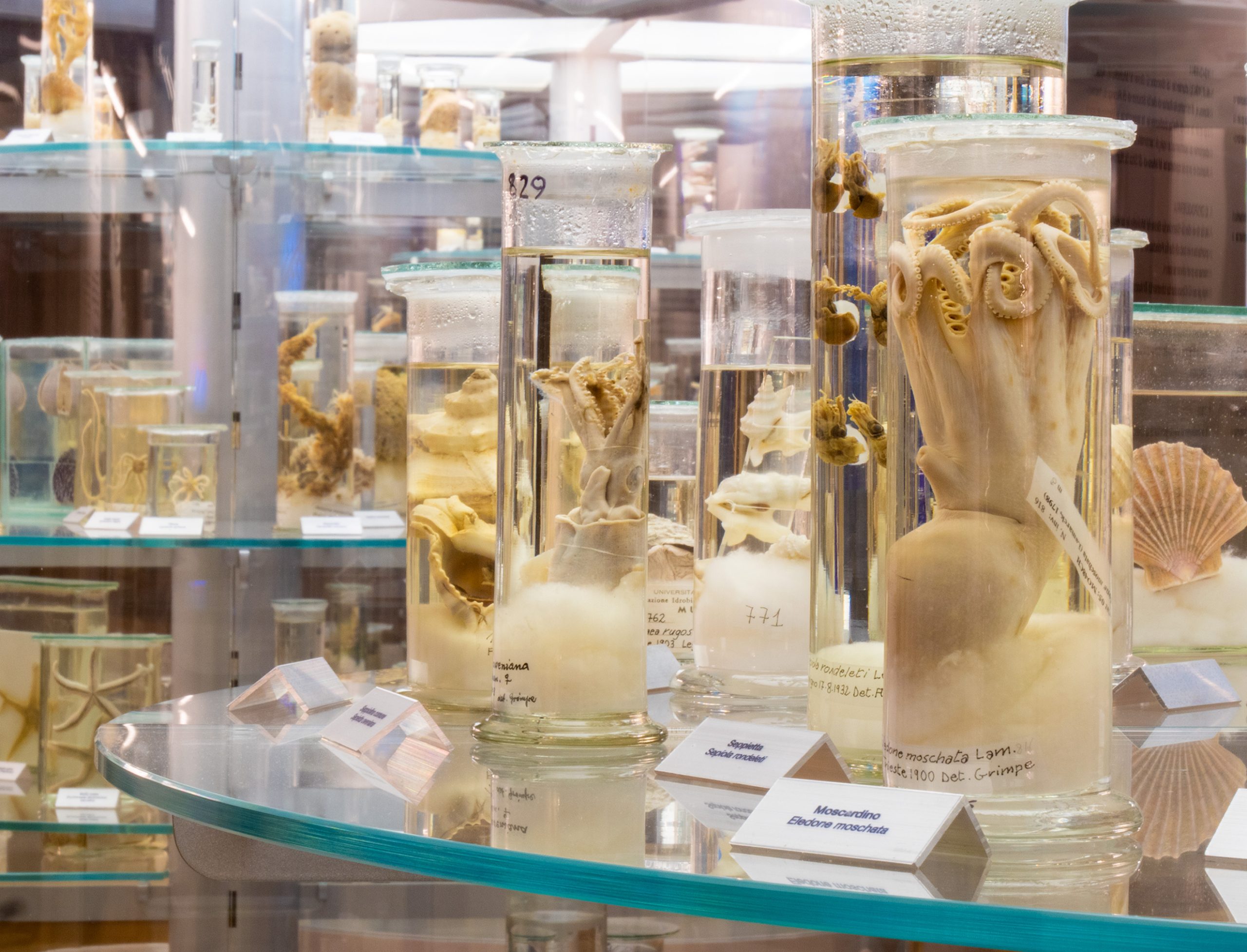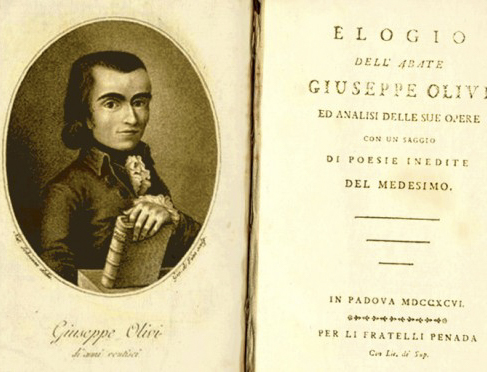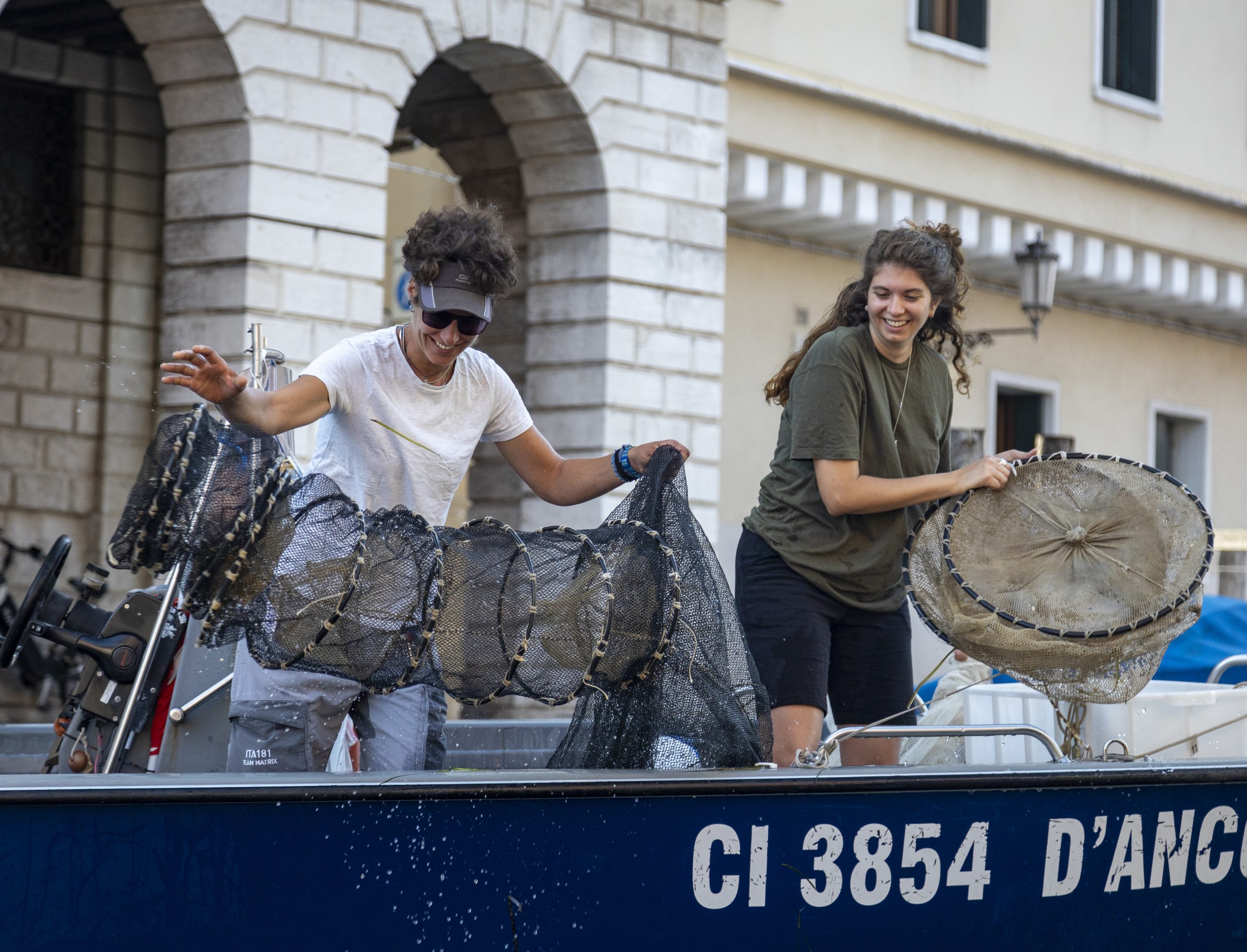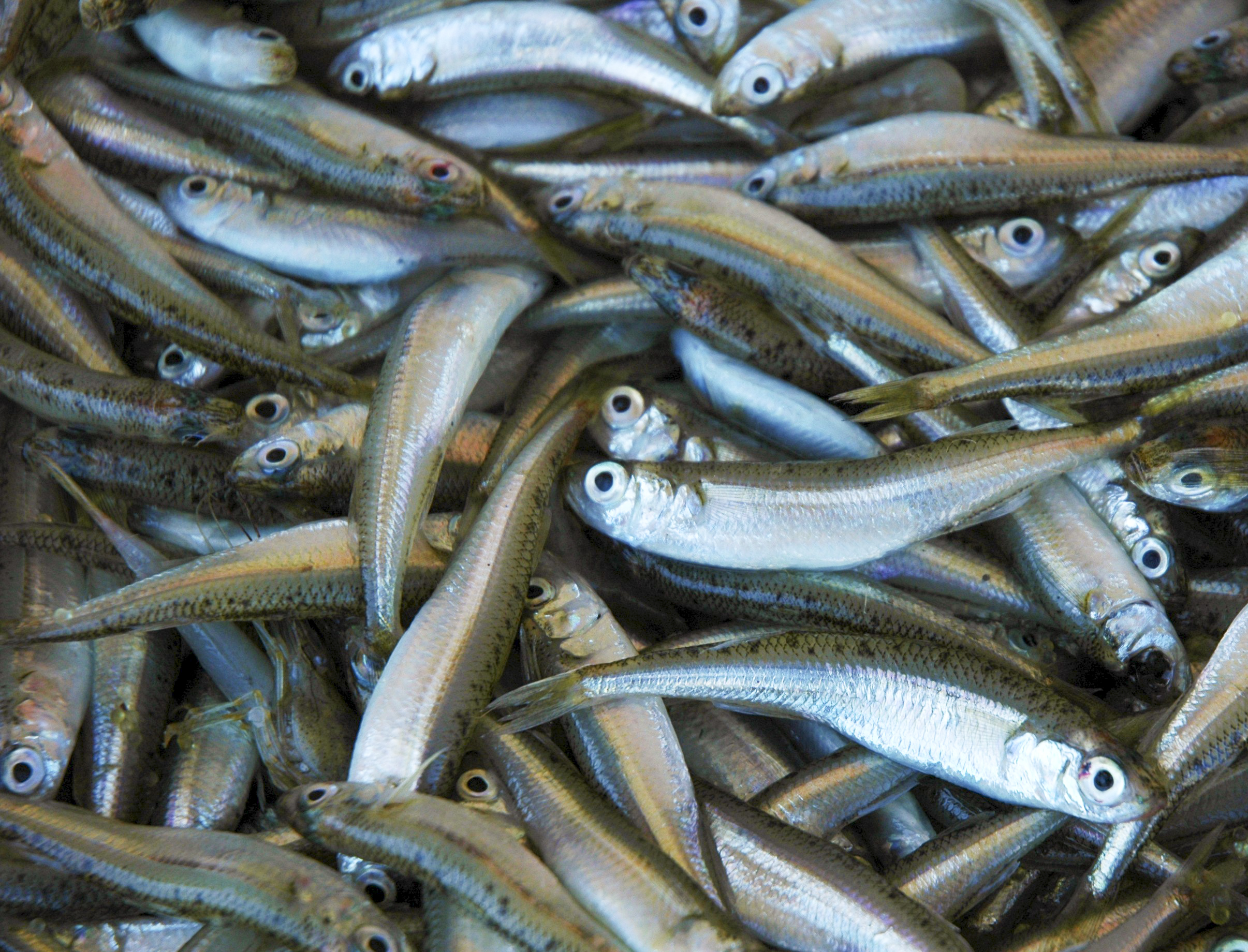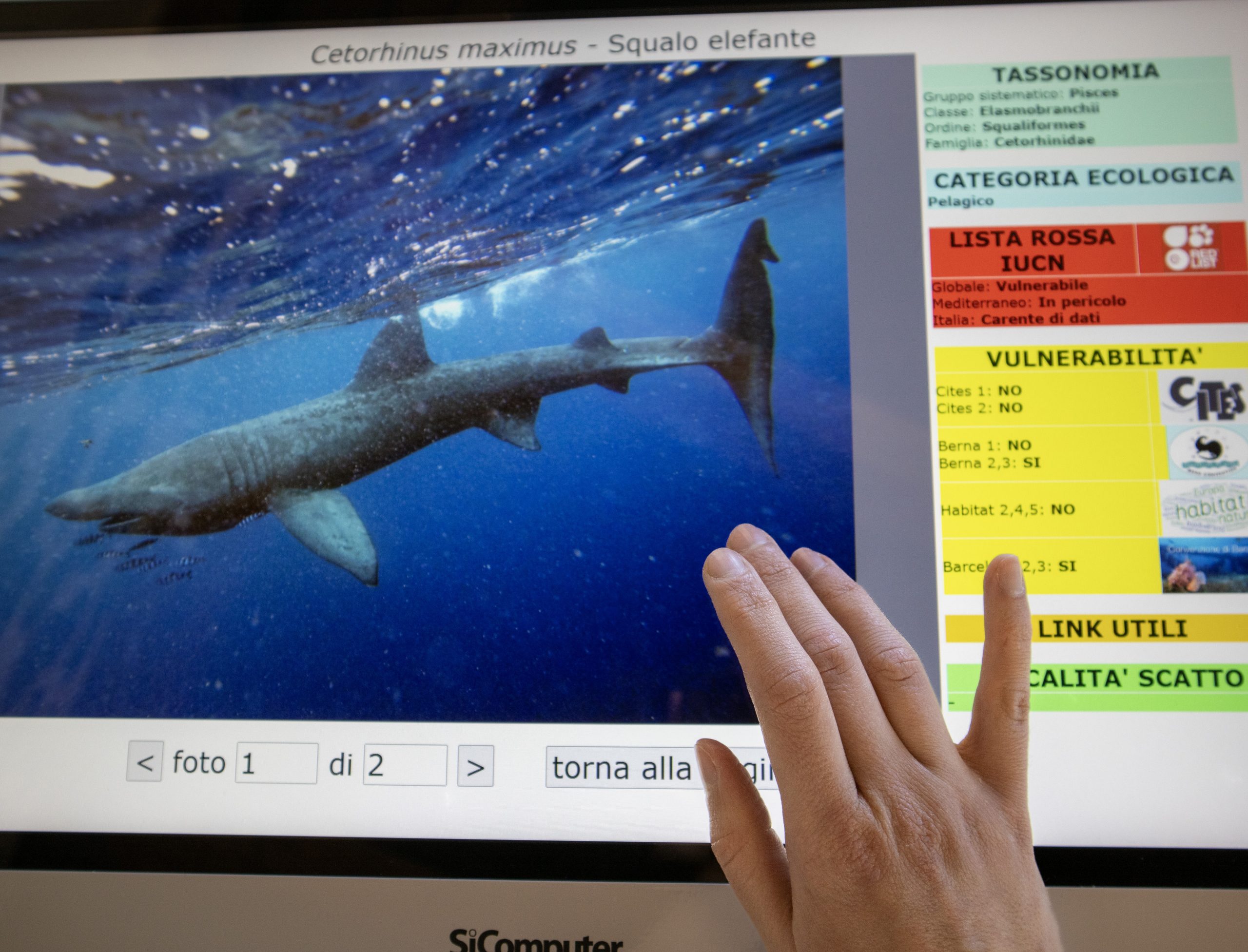The collection of Adriatic marine zoology, on which the “G. Olivi” Museum is based, has an adventurous history, which began in the second half of the 19th century in Trieste, at the Zoological Station of St. Andrew. This small Trieste laboratory was a bustling research center: the collection and preservation of marine organisms began, scientists from all over Europe conducted their studies there, and oceanographic cruises departed from here, exploring the Adriatic and enriching the collection with splendid specimens.
Unfortunately, in 1915, with the beginning of World War I, the Zoological Station of St. Andrew had to suspend its activities due to lack of personnel. Most of the scholars and researchers, in fact, had to abandon their studies of marine biology to answer the call to arms. After the war, in November 1918, the Regio Comitato Talassografico Italiano, reorganized the various Institutes that dealt with marine studies, including the Sant’Andrea Station, since Trieste had become Italian.
On that occasion, the collection of preparations and the library of the Trieste laboratory were transported to the Italian-Germanic Station in Rovinj. Here, thanks to the continuation of thalassographic campaigns, the collection was further enriched with new specimens until it included 1,600 preparations preserved in museum jars and about a thousand microscopic preparations on slides.
In 1943, at the height of World War II, the Rovinj Station also ceased to function and the now historic collection was transported to Venice, temporarily housed in the basement of the Institute of Adriatic Studies, thanks to the courage and resourcefulness of Aristocle Vàtova, the Italian director of the Rovinj Station. For a time the collection was on public display in a room of the Natural History Museum in Venice, but before long the preparations were removed and piled up in the premises of the Canonica Foundation, where they remained for several years. As a result of these constant relocations and relocations, often in inappropriate environments, some of the preparations deteriorated beyond repair.
In the 1950s, the then director of the Institute and Museum of Zoology and Comparative Anatomy of the University of Padua, Umberto D’Ancona, one of the greatest Italian zoologists of the last century, began a series of contacts and requests that led, in 1968, to the final transfer of the so-called “Rovigno Collection” to the Hydrobiological Station in Chioggia, a small marine biology station that D’Ancona himself, with great foresight, had wanted to set up in order to develop Padua’s biological research in the marine field.
With the arrival in the spaces of the Hydrobiological Station, the progressive reorganization of the collection’s material began: work that saw the involvement of several Paduan professors, from Giorgio Marcuzzi to Riccardo Brunetti to Margherita Turchetto who, thanks to the contribution of the Fisheries Foundation of Chioggia, in 2002, brought the restoration and cataloguing of the precious marine preparations to an advanced stage.
The appearance of the preparations on display at the Museum, as we can appreciate them today, is due to Elisa Cenci and Nicole Chimento who, in 2010, proceeded to recount, catalogue, change the conservation liquids and transport them to the spaces of Palazzo Grassi. It is thanks to their work that we know precisely the current size of the collection: 1258 preparations, representing about 700 species, a number that is not yet definitive as more work will be needed by specialists to determine at the species level some organisms.
Se preservare la collezione dal deterioramento era ed è un obiettivo primario, rimaneva, tuttavia, il problema della sua esposizione al pubblico, per condividere con il territorio questo patrimonio prezioso. La svolta in tal senso, che portò all’apertura nel 2011 del Museo “G. Olivi”, venne dalla convenzione con cui la Città di Chioggia affidò in uso all’Università di Padova gli spazi di Palazzo Grassi per svolgere attività didattiche relative agli studi di Biologia Marina. La disponibilità di sale adeguate e il fondamentale supporto economico della Regione Veneto resero così possibile la nascita di questo museo che è stato realizzato grazie alla progettazione e al coordinamento di Maria Berica Rasotto, docente del Dipartimento di Biologia dell’Università di Padova, insieme ad Elisa Cenci e Nicole Chimento, alla progettazione grafica di Fiorenza Campelli, Carlo Calore, Franca Cecchinato e Stefano Gueraldi, al supporto tecnico di Andrea Sambo dell’Università di Padova. Questo museo permette al pubblico di godere della biodiversità degli ambienti marini e lagunari adriatici ma anche di riflettere sul loro stato di conservazione attraverso una selezione di 350 dei preparati storici. I preparati non esposti, assieme a tutta la documentazione inerente alla loro determinazione, rimangono a disposizione dei ricercatori di area scientifica o storica, previa documentata richiesta. Ad occuparsi dello studio e conservazione dei preparati della Collezione è, dal 2024, Lara Endrizzi, conservatrice del Museo.

